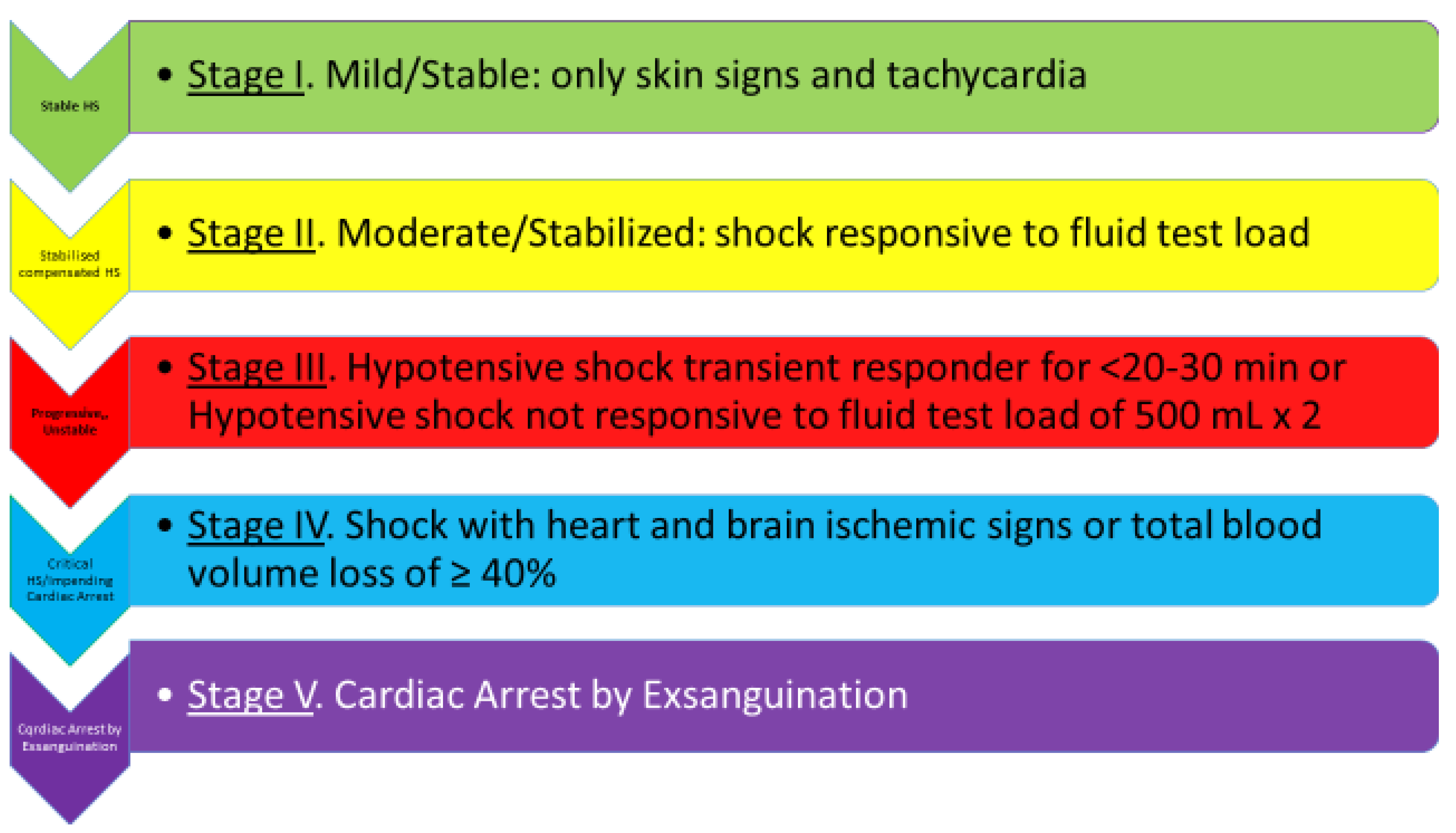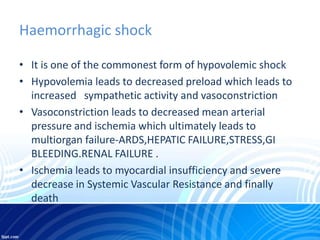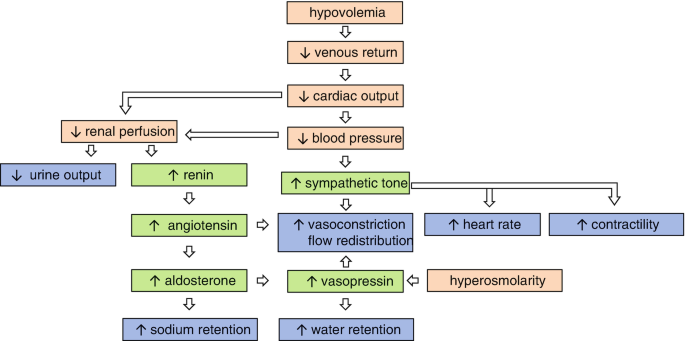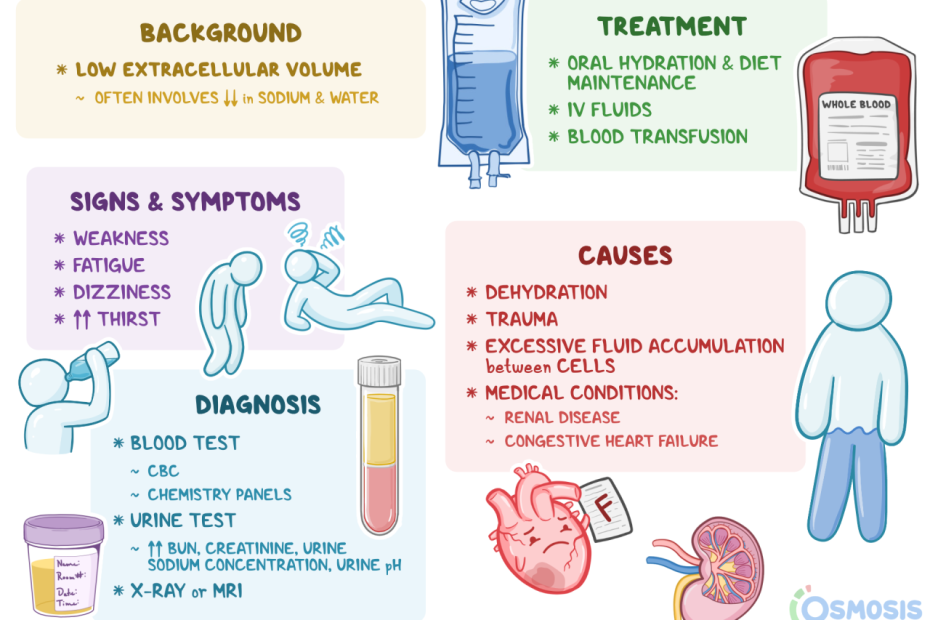What Are The Symptoms Of Hemorrhagic Shock: Recognizing The Warning Signs
Hypovolemic Shock | Shock (Part 3)
Keywords searched by users: What are the symptoms of hemorrhagic shock hemorrhagic shock stages, Hemorrhagic shock, Hemorrhagic shock management guidelines, Hypovolemic shock, class 4 hemorrhagic shock, classes of hemorrhagic shock, hemorrhagic shock pathophysiology, Hemorrhagic shock là gì
What Are The 4 Stages Of Hemorrhagic Shock?
The four stages of hemorrhagic shock are categorized based on the degree of volume loss, which provides critical information for assessing and managing this life-threatening condition. In Class 1, patients experience a volume loss of up to 15% of their total blood volume, which is approximately equivalent to 750 mL of blood. Moving into Class 2, the volume loss increases to a range of 15% to 30% of the total blood volume, which translates to a loss of blood between 750 mL and 1500 mL. In Class 3, the severity escalates as patients endure a volume loss ranging from 30% to 40% of their total blood volume, accounting for 1500 mL to 2000 mL of blood loss. Finally, in Class 4, the most critical stage, patients have suffered a volume loss exceeding 40% of their total blood volume. This classification system aids healthcare professionals in evaluating and responding to hemorrhagic shock promptly and effectively.
What Is Hemorrhagic Shock?
Hemorrhagic shock is a critical medical condition that falls under the category of hypovolemic shock. It occurs when there is a significant loss of blood, leading to a shortage of oxygen delivery to the body’s cells. This insufficient oxygen supply can quickly become life-threatening if the bleeding remains uncontrolled. It is crucial to address hemorrhagic shock promptly to prevent a fatal outcome. This information was last updated on January 25, 2018.
What Happens During Hemorrhagic Shock?
Hemorrhagic shock is a critical medical condition that occurs when there is a significant reduction in the perfusion of body tissues, leading to an insufficient supply of oxygen and essential nutrients required for proper cellular function. This condition arises when the demand for oxygen by the body’s cells exceeds the available supply, which places both individual cells and the entire organism in a state of shock. To clarify, when we talk about perfusion, we are referring to the circulation of blood through the body’s tissues, ensuring that they receive the oxygen and nutrients they need to function correctly. This state of shock can result from various factors such as severe bleeding due to trauma, injury, or surgery. It is a life-threatening situation that requires immediate medical attention to restore tissue perfusion and prevent further complications.
Summary 30 What are the symptoms of hemorrhagic shock








Categories: Discover 62 What Are The Symptoms Of Hemorrhagic Shock
See more here: g3magazine.com

Hemorrhagic shock is a form of hypovolemic shock in which severe blood loss leads to inadequate oxygen delivery at the cellular level. If hemorrhage continues unchecked, death quickly follows.Hemorrhagic shock is a condition of reduced tissue perfusion, resulting in the inadequate delivery of oxygen and nutrients that are necessary for cellular function. Whenever cellular oxygen demand outweighs supply, both the cell and the organism are in a state of shock.Hemorrhagic shock is due to an acute reduction in the effective intravascular volume from bleeding. In contrast, non-hemorrhagic is due to reduced effective intravascular volume from body fluid loss. Traumatic injury is by far the most common cause of hemorrhagic shock.
- blue lips and fingernails.
- low or no urine output.
- excessive sweating.
- shallow breathing.
- dizziness or loss of consciousness.
- confusion.
- chest pain.
- low blood pressure.
- Class 1: Volume loss up to 15% of total blood volume, approximately 750 mL. …
- Class 2: Volume loss from 15% to 30% of total blood volume, from 750 mL to 1500 mL. …
- Class 3: Volume loss from 30% to 40% of total blood volume, from 1500 mL to 2000 mL. …
- Class 4: Volume loss over 40% of total blood volume.
Learn more about the topic What are the symptoms of hemorrhagic shock.
